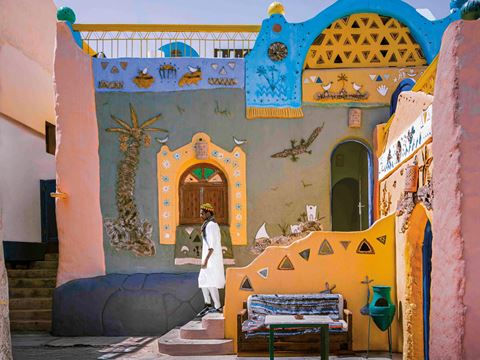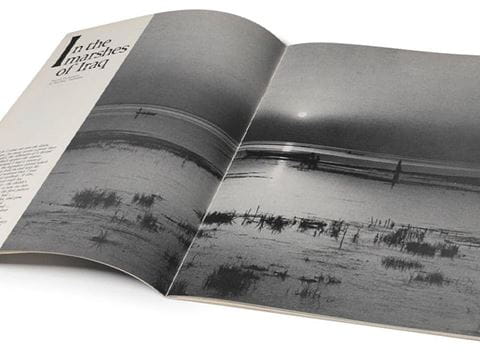FirstLook: The Sphinx Imagined
Two summers ago I was browsing several hundred vintage postcards contained in narrow boxes all piled up in a Stillwater, Minnesota, antiques store...I came across several postcards that each featured an imagined sphinx as seen in natural rock formations.

Two summers ago I was browsing several hundred vintage postcards contained in narrow boxes all piled up in a Stillwater, Minnesota, antiques store. I was searching for images of Middle Eastern architectural motifs and styles found in the American-built environment, and I came across several postcards that each featured an imagined sphinx as seen in natural rock formations. Intrigued, I checked out postcard collector sites online and found more. Now my “Imagined Sphinx” postcards, destined to be part of a much larger collection of Middle Eastern Americana at the UCLA Young Research Library, number about two dozen. They show structures and formations mostly in the US but also around the world, notably in England and France—the two colonial powers that impacted the course of Egyptian history in the 19th and 20th centuries—as well as Switzerland, Romania, Turkey, Kazakhstan and Vietnam. And while the people who named these sites may have never themselves actually visited the Sphinx of Giza, Egypt, guardian of the Great Pyramids, they knew of it through textbooks, prints, paintings, photographs and perhaps even other postcards, from which they appropriated, for novelty and profit, the iconic edifice that has become so embedded in much of the world’s collective imagination.
—Jonathan Friedlander
oac.cdlib.org
You may also be interested in...

Saudi Photographer Captures Aswan's Nubian Heritage
Arts
As a Saudi photographer with a passion for cultural, human and heritage themes around the world, I strive to make my images windows to the past as well as reflections of the present. When I came across this guesthouse on a visit to Aswan, Egypt, I was taken back to 3000 BCE to ancient Nubia.
Ambon Island, East Indonesia by Hengki Koentjoro
Arts
This photo was taken off Ambon Island, East Indonesia in 2010. It is one of my favorites, illustrating the free-spirited nature of the children in the rural archipelago. While some children in the big cities may stay inside and play computer games, the children in Ambon with easy access to the water see the ocean surrounding their village as their playground.
Spotlight on Photography: Discover the Marshes of Iraq in a Visual Story by Wilfred Thesiger
Arts
History
“In the Marshes of Iraq” — November/December 1966